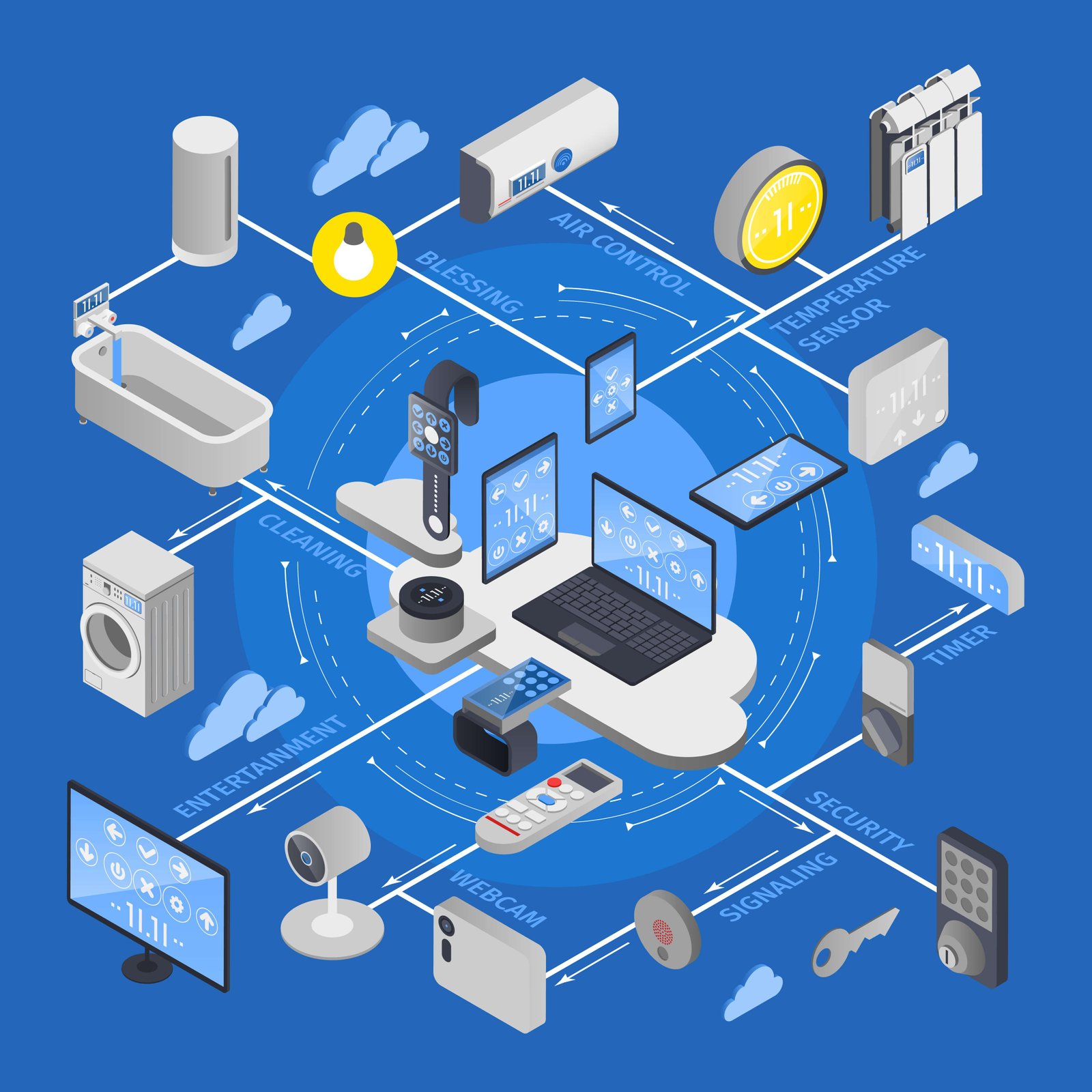Ambient Computing Networks: The Next Evolution in Human–Tech Interaction

As digital ecosystems grow more interconnected, a new paradigm is emerging—ambient computing networks. Unlike traditional smart systems that require direct user input, ambient computing focuses on creating environments that sense, understand, and respond automatically. This seamless integration of AI, sensors, predictive analytics, and edge computing is transforming how humans interact with technology. From homes and offices to healthcare and retail, ambient computing promises a future where devices fade into the background, and intelligence becomes part of the environment itself.
What Is Ambient Computing?
Ambient computing refers to a technology layer embedded invisibly within everyday environments. It blends ubiquitous computing, artificial intelligence, and advanced sensor systems to create spaces that understand human presence, behavior, and context. The goal is to minimize manual commands and allow technology to assist users naturally and proactively.
For example, in farming, ambient systems powered by IoT sensors for agriculture automatically monitor soil moisture, crop health, temperature, and humidity. These ambient networks help farmers optimize irrigation, reduce resource waste, and enhance productivity through real-time decision-making.
The Role of Context-Aware Sensors
Sensors serve as the foundational components of ambient computing. They continuously capture environmental data such as light levels, motion, sound, temperature, or biometrics. But the true magic happens when this sensor data integrates with AI models that interpret context.
Context-aware sensors can differentiate between people, detect patterns, and adapt to user activities. Imagine walking into a room that already knows your preferred lighting, temperature, and background music. These systems evolve with usage, making environments more intuitive over time.
AI as the Intelligence Layer
Artificial intelligence is the engine that powers ambient computing networks. Using machine learning, neural networks, and natural language processing, AI models understand user behavior, interpret sensory information, and make autonomous decisions.
AI-powered ambient networks can predict user needs—like adjusting air conditioning before someone even feels hot, or suggesting a meeting break based on observed stress indicators. This shift from reactive to predictive technology is redefining both personal and commercial environments.
Edge Computing: Making Ambient Systems Faster
Edge computing plays a crucial role by processing data locally rather than relying solely on cloud servers. This reduces latency, enhances privacy, and allows devices to respond instantly.
In smart buildings, for example, edge processors enable lighting systems to react to occupancy changes in milliseconds. Similarly, in industrial environments, edge intelligence monitors machinery in real time, preventing failures before they occur. The blend of edge processing and ambient computing results in ultra-responsive environments.
Human–Environment Interaction in Public Spaces
Public spaces are rapidly adopting ambient technologies. Airports use real-time analytics to manage crowd flow, hospitals deploy intelligent monitoring systems for patient safety, and retail stores use heat maps to optimize product placement.
By analyzing foot traffic, purchase behavior, and environmental conditions, ambient systems create tailored experiences for users without interfering with their journey. The invisible nature of these systems makes them especially powerful, as they work quietly in the background while delivering enhanced convenience and efficiency.
Ambient Intelligence in Entertainment
The entertainment industry is embracing ambient computing to provide immersive, interactive experiences. Smart installations, responsive lighting systems, and gesture-controlled displays are increasingly common at events, theme parks, and digital exhibitions.
Event photography has also evolved with intelligent systems. Modern booths now analyze user gestures, lighting, and facial expressions. For instance, advanced custom photobooth software can automatically enhance images, trigger animations, and adjust filters based on environmental cues, creating a seamless and engaging user experience.
Applications in Smart Homes
Smart homes are the most visible representation of ambient computing today. Devices automatically adjust based on daily routines—lights dim at bedtime, security systems activate after residents leave, and appliances communicate with each other to optimize energy consumption.
Voice assistants, motion sensors, AI cameras, and connected appliances work together to create a comfortable, safe, and energy-efficient home environment. As ambient systems mature, homes will increasingly anticipate user needs rather than merely respond to them.
The Future: Fully Autonomous Environments
The future of ambient computing lies in fully autonomous environments—spaces that self-regulate, learn continuously, and collaborate with other intelligent systems. Buildings will manage energy dynamically, vehicles will coordinate autonomously, and public spaces will adjust to crowds in real time.
With advancements in AI, edge computing, and next-generation sensor networks, ambient computing will redefine how we live, work, and interact with the digital world. The next decade will belong to environments that understand us better than ever before—quiet, intelligent, and seamlessly connected.
- Art
- Causes
- Crafts
- Dance
- Drinks
- Film
- Fitness
- Food
- Games
- Gardening
- Health
- Home
- Literature
- Music
- Networking
- Other
- Party
- Religion
- Shopping
- Sports
- Theater
- Wellness


